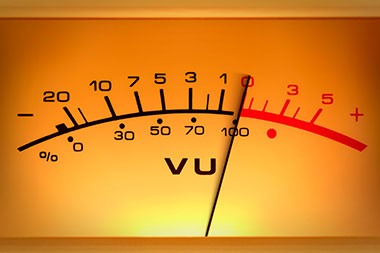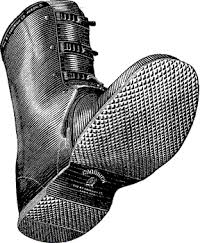Back in the early 90s, I spent four hours of my mornings co-hosting a local AM radio talk show in Austin, Texas. Truth be told, I fell into the job. I most certainly wasn’t looking for a job in talk radio, or any job for that matter, but from the first day, the host and I clicked perfectly. She was the “straight man” in our duo. Her explosive laughter pegged the needles constantly.
 We were an AM show but there was also an FM show going on at the same time in the next room, with a wall of plate glass window separating the AM and the FM folks. Often, we would cut up and the audience had no idea that the FM guy was silently doing outlandish things for the AM folks entertainment. We’re gonna leave it at “outlandish.” Sometimes, it went just a tad bit farther than that.
We were an AM show but there was also an FM show going on at the same time in the next room, with a wall of plate glass window separating the AM and the FM folks. Often, we would cut up and the audience had no idea that the FM guy was silently doing outlandish things for the AM folks entertainment. We’re gonna leave it at “outlandish.” Sometimes, it went just a tad bit farther than that.
Ken Starks is the founder of the Helios Project and Reglue, which for 20 years provided refurbished older computers running Linux to disadvantaged school kids, as well as providing digital help for senior citizens, in the Austin, Texas area. He was a columnist for FOSS Force from 2013-2016, and remains part of our family. Follow him on Twitter: @Reglue



 The thing that is worrying or bothering you? Jump ahead 24 hours in your mind. What will you most likely be doing? Does that thing you are worrying about now have any bearing on your life 24 hours later? Has that thing you are worrying about followed you? Has worrying about it made it better or go away? No? Then stop worrying. If what you are worrying about isn’t going to be important 24 hours from now, just stop it. Stop injuring yourself. And for those who don’t realize it…worry can often lead to anger. In fact, it most often does.
The thing that is worrying or bothering you? Jump ahead 24 hours in your mind. What will you most likely be doing? Does that thing you are worrying about now have any bearing on your life 24 hours later? Has that thing you are worrying about followed you? Has worrying about it made it better or go away? No? Then stop worrying. If what you are worrying about isn’t going to be important 24 hours from now, just stop it. Stop injuring yourself. And for those who don’t realize it…worry can often lead to anger. In fact, it most often does.
 Although some have been trying to sound the alarm, many of us have been lulled into complacency brought by a belief that Microsoft is no longer a real threat and that we are now free to concentrate all of our energies on growing Linux and FOSS, which is basically all we’ve wanted to do.
Although some have been trying to sound the alarm, many of us have been lulled into complacency brought by a belief that Microsoft is no longer a real threat and that we are now free to concentrate all of our energies on growing Linux and FOSS, which is basically all we’ve wanted to do. I haven’t seen this much hype since…well, since the last time Redmond came out with a new version of Windows.
I haven’t seen this much hype since…well, since the last time Redmond came out with a new version of Windows.
 We’ll start with the home user.
We’ll start with the home user.
 Ironically, this side door is intended to be a security door for third party add-ons that every Windows machine needs to keep it safe from cracker hackers — if that’s indeed possible. And this security tool is usually more trusted by Microsoft system admins, especially those outside the U.S., than Windows itself.
Ironically, this side door is intended to be a security door for third party add-ons that every Windows machine needs to keep it safe from cracker hackers — if that’s indeed possible. And this security tool is usually more trusted by Microsoft system admins, especially those outside the U.S., than Windows itself.
 At the height of the media frenzy that developed around Snowden’s initial revelations, there were allegations that Microsoft had not only built back doors in its software for the NSA and other government agencies to use against foreign businesses and governments, but that it was cooperating with U.S. authorities in other ways as well. For example, one report indicated that the company was passing along details of unpatched security vulnerabilities in Windows to the NSA, effectively adding temporary tools to the spy agency’s cyber arsenal.
At the height of the media frenzy that developed around Snowden’s initial revelations, there were allegations that Microsoft had not only built back doors in its software for the NSA and other government agencies to use against foreign businesses and governments, but that it was cooperating with U.S. authorities in other ways as well. For example, one report indicated that the company was passing along details of unpatched security vulnerabilities in Windows to the NSA, effectively adding temporary tools to the spy agency’s cyber arsenal.
